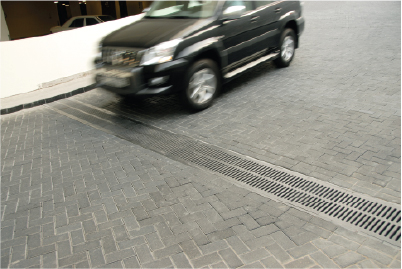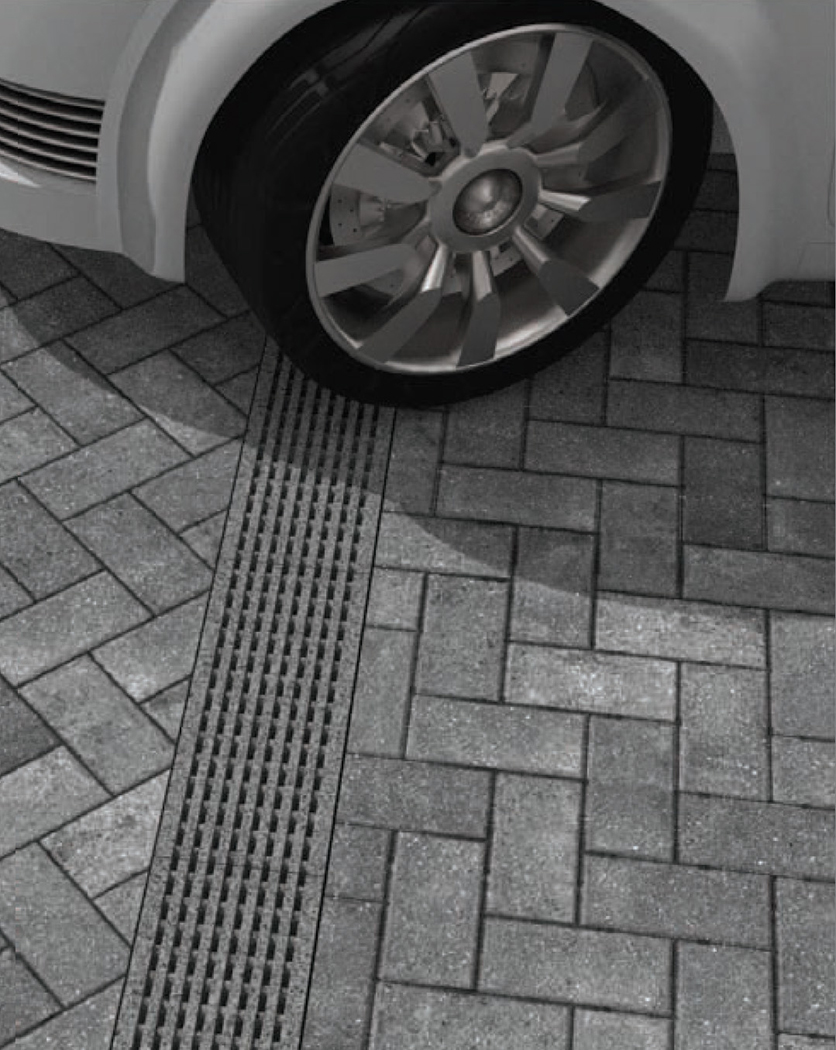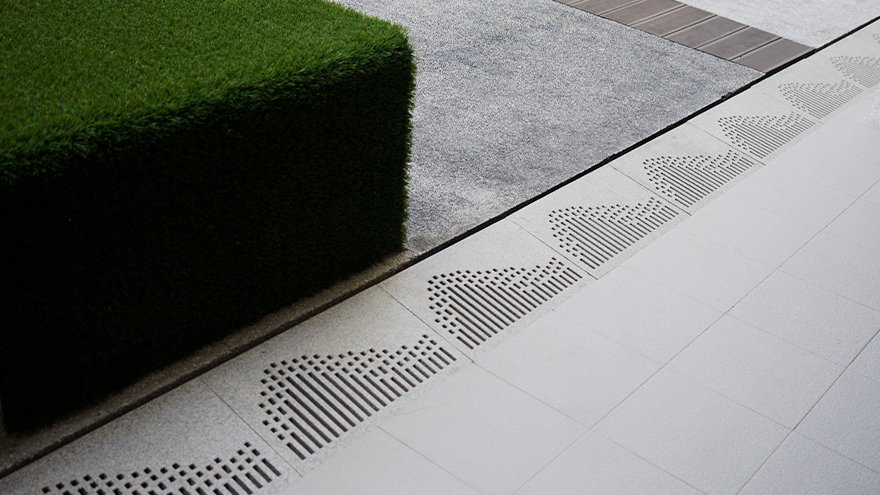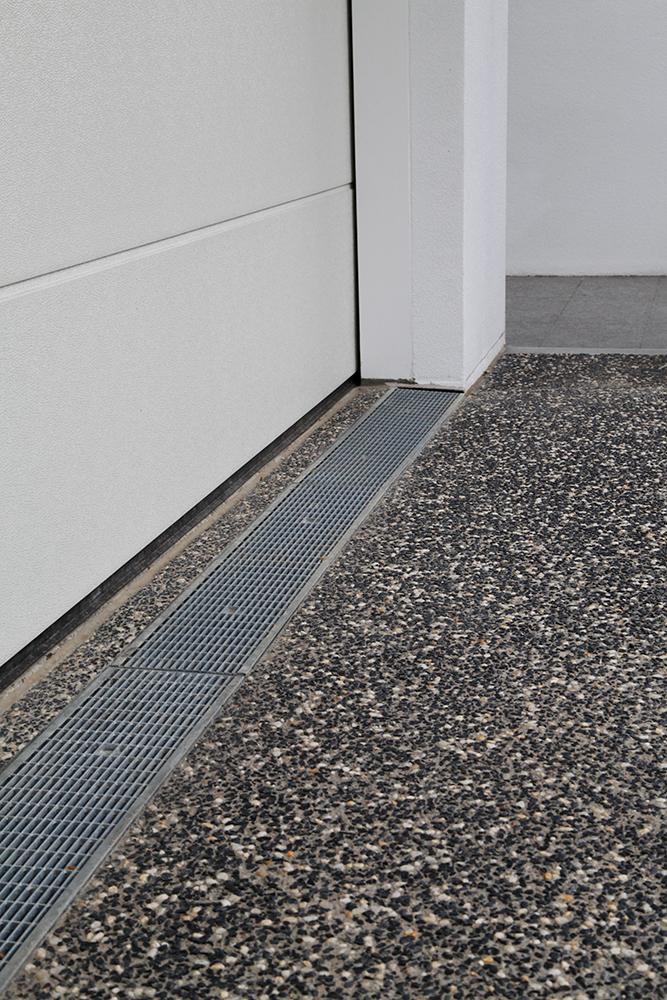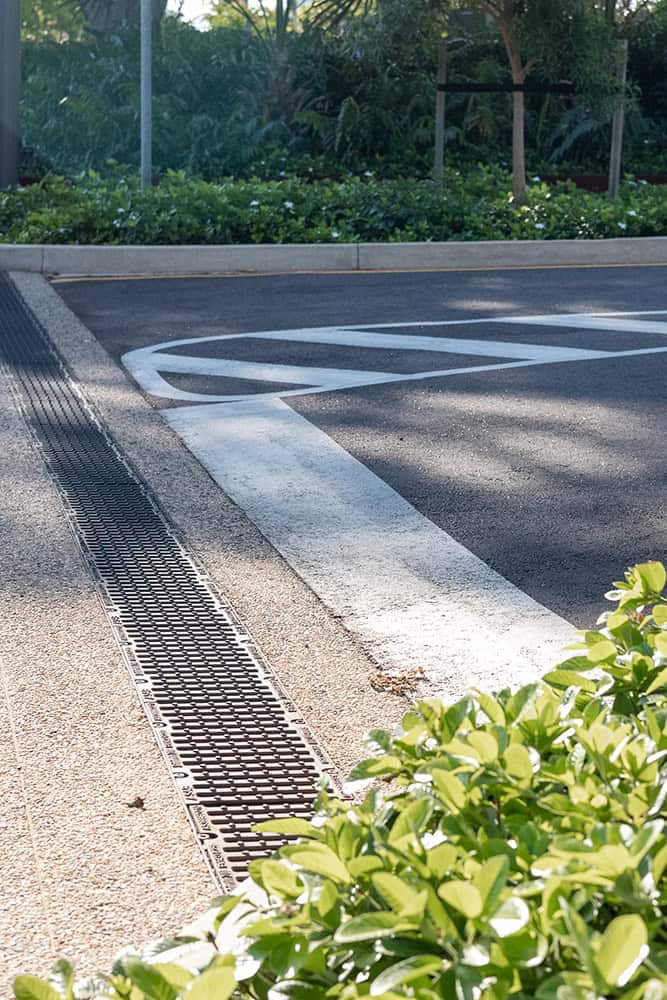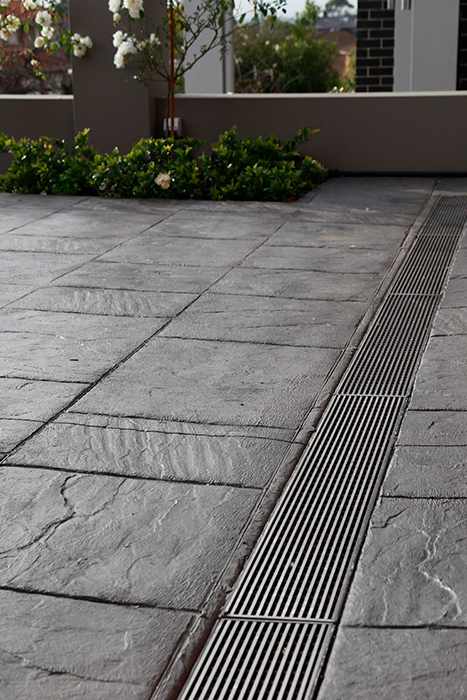When it comes to designing and building a driveway, one often overlooked but crucial aspect is proper drainage. Without proper drainage, water can accumulate on your driveway, leading to safety hazards, structural damage, and erosion.
This is where driveway drainage grates come in – they help to channel water away from your driveway and prevent standing water. But with so many options available, choosing the right driveway drainage grate can be overwhelming. In this blog post, we’ll take a closer look at the factors you should consider when selecting a driveway drainage grate to ensure your driveway stays safe and functional for years to come.
Load Class
The first thing to consider is what load class your trench drainage grate is required to be. Grates are the most exposed parts of the channel and, therefore, they must be able to withstand external loads and stresses. The loads are classified by the UNI EN 1433 standard, which also defines the characteristics and parameters that the grates must have according to the load they must withstand.
To find out which load class your driveway drainage grate should be, please see to the below table & refer to the nominal wheel loading column.
What is nominal wheel loading?
The nominal wheel loading refers to the weight of 1 wheel of the vehicle.
For example, if you estimate the heaviest vehicle that will be driving over the drain weighs 2215kg. The nominal wheel loading is 553.7 kg (2215 ÷ 4 = 553.75). Therefore you will require a Class B rated grate (Class B nominal wheel loading is 2670kg).
The below table displays the 6 load classes, from the lowest one (A15) suitable for green areas such as pavements and gardens, to the highest one (F900) suitable for areas used by heavy vehicles such as airports or industrial areas. A Class B trench drainage grate is usually suitable for a driveway.
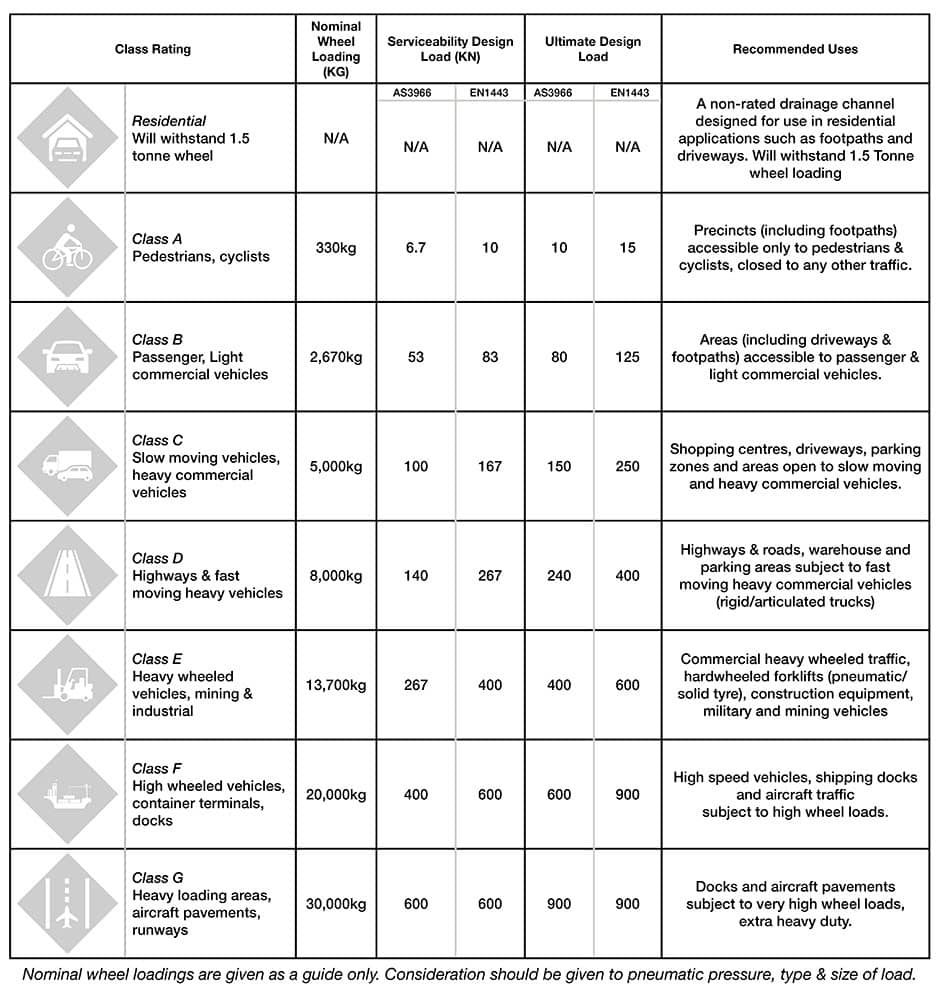
Location
If you live near the coast, it’s essential to choose driveway drainage grates that can withstand the harsh coastal environment. Saltwater, high humidity, and strong winds can all cause corrosion and damage to certain types of grates. It’s recommended to choose grates made from corrosion-resistant materials. Additionally, it’s important to consider the design of the grate to prevent debris, sand, and other coastal materials from clogging the drainage system. Coastal areas are also more prone to heavy rain and flooding, so choosing a grate with a higher flow rate capacity can help ensure effective drainage during these events.
Aesthetic
While the functionality of driveway drainage grates is critical, the aesthetic of the grates is also an essential consideration. The grate should complement the overall design of your driveway and home, rather than being an eyesore. There are many options available in terms of materials and styles, from cast iron to stainless steel to decorative designs. Some grates are designed to blend seamlessly with the driveway, while others serve as a statement piece. It’s essential to select a grate that not only functions well but also enhances the overall appearance of your property.
